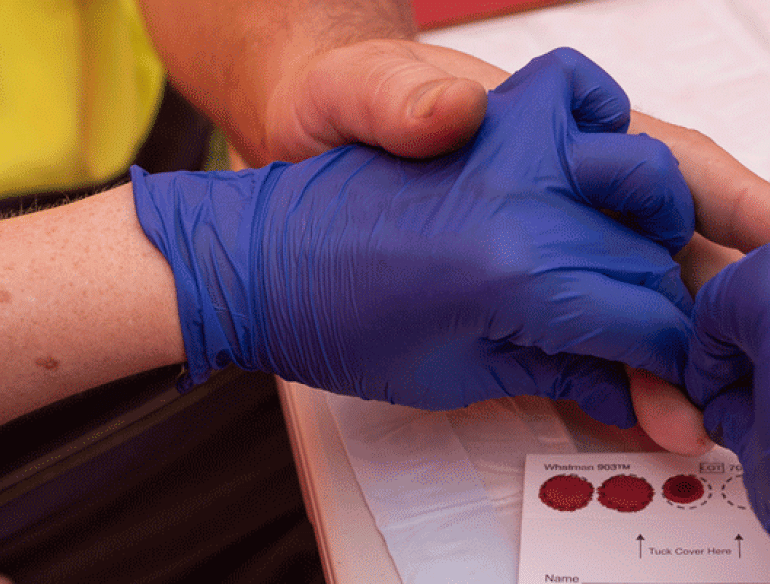The World Health Organization has set an ambitious target to eliminate hepatitis C as a public health threat by 2030. Some countries, including Australia, have made good progress, but if elimination is to be achieved, existing health strategies need to be scaled up and targeted toward the people most at risk, according to new research from the Kirby Institute at UNSW Sydney.
The research, published in The Lancet Gastroenterology and Hepatology evaluated a broad range of interventions to deliver hepatitis C testing, treatment and care, and is the largest systematic review and meta-analysis conducted on this subject to date. In recent years, highly curative and well tolerated direct-acting antiviral (DAA) treatment has dramatically improved the management of HCV infection, but despite this, testing and treatment rates remain persistently low globally.
“The elimination of hepatitis C is an ambitious goal but with the advent of highly effective treatments and improved testing modalities, we have to tools needed to achieve it,” says Dr Evan Cunningham, who led the research. “Unfortunately, people in need of diagnosis and treatment still face considerable barriers to hepatits C care. Our review highlights interventions which can overcome these barriers and progress towards elimination. The challenge is delivering these interventions at scale, and targeted to the areas and populations in need.”

Some of the most effective interventions were those that simplified hepatitis C testing, such as dried blood spot and point-of-care antibody testing (in which test results are delivered within 20 minutes). Other effective interventions enhanced patient and health provider engagement with care, such as patient and provider care coordination, medical chart reminders, and patient and provider education on HCV testing and treatment delivery.
Although implementation of several of the identified interventions will depend on funding , access to testing, and people-power, “many of the interventions identified and anlaysed are simple and inexpensive, so could be readily implemented in routine clinical care,” says Dr Cunningham.
Australia is considered a global leader in the delivery of hepatitis C health services, targeted to the groups of people who are most at risk, and DAA treatment can be widely accessed thanks to its listing on the Pharmaceutical Benefits Scheme in 2016.
But COVID-19 has interrupted people’s engagement with health services, including in Australia, says Professor Jason Grebely, the paper’s senior author. “Achieving the hepatitis C elimination targets set forth by WHO will require re-focused and re-invigorated efforts facilitating the scale-up of interventions successful in increasing hepatitis C testing and treatment.”
